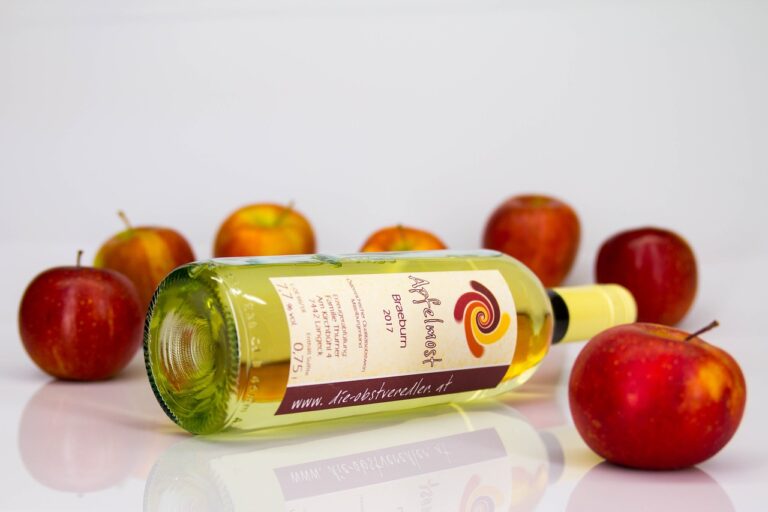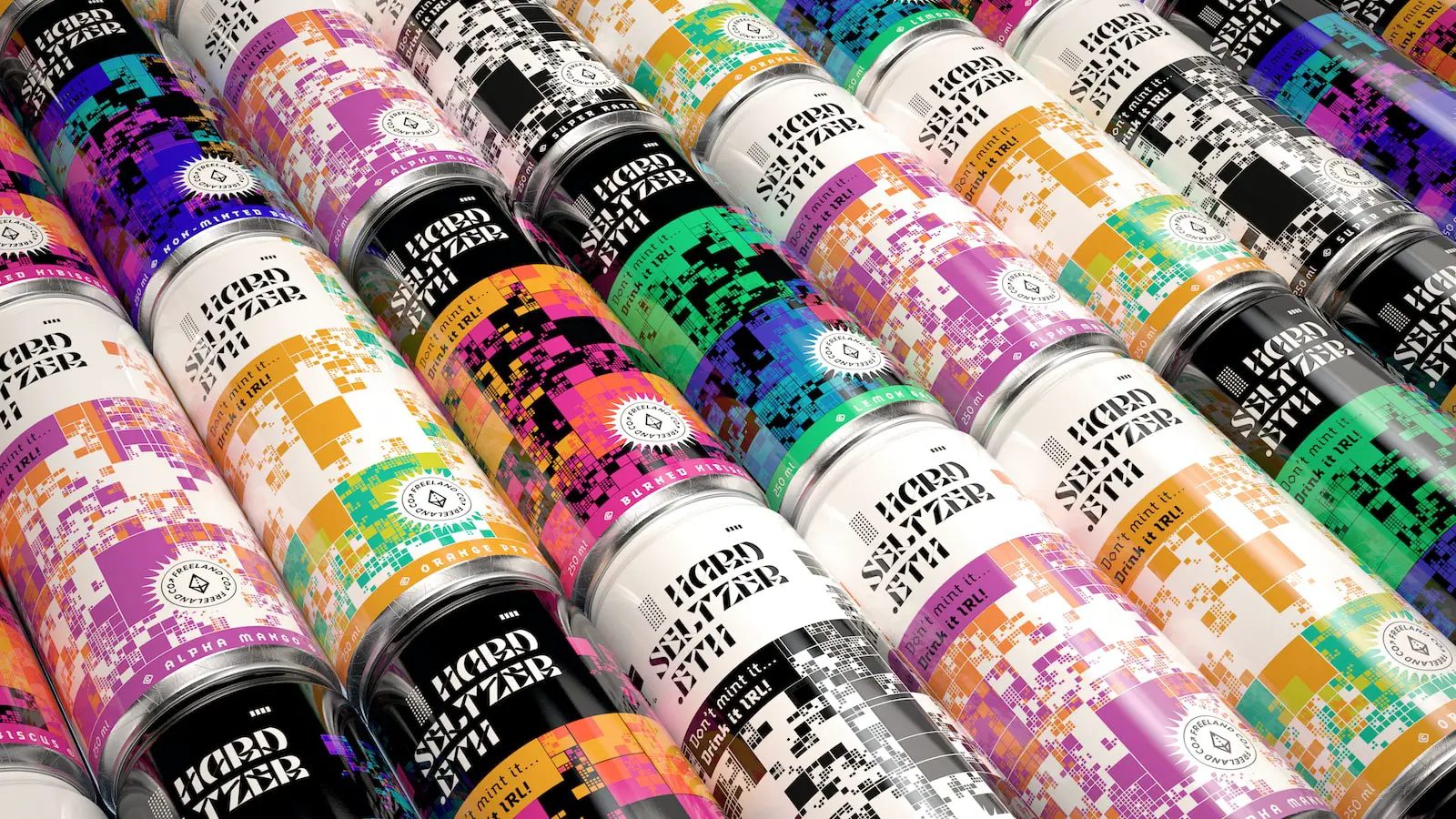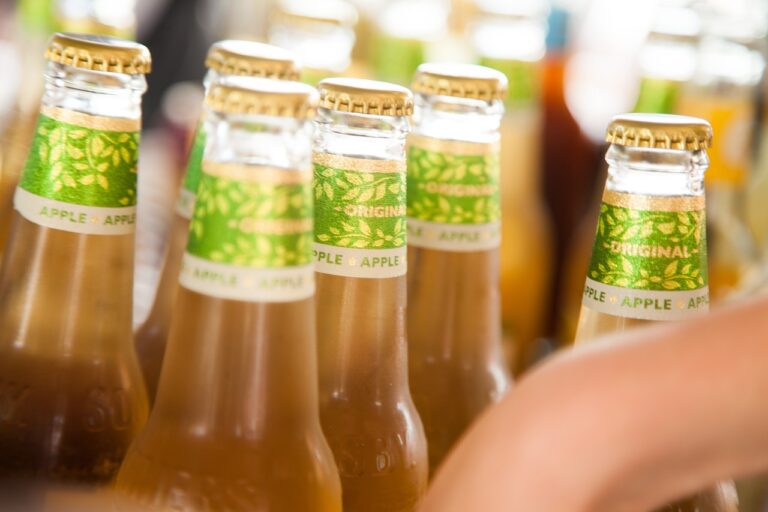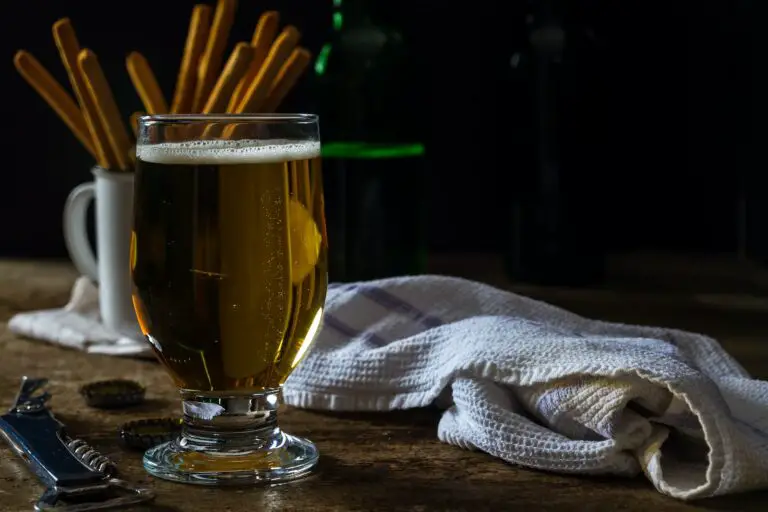Beer with malt has a complex, earthy flavour. A variety of flavours appear based on the type of beer and grains used. They could be nutty, fruity, or sweet with notes of caramel, or chocolate.
Beer’s malty flavour may be a deliberate component of the style. While some prefer their beer’s malt to be highlighted, others favour dry or bitter flavours.
Malt is a common flavour that is occasionally pleasant but can also be unpleasant in large quantities. If your homebrew tastes too sweet, you might want to glance at some hints to alternate the taste.
It can be easier to decide whether to include a malty flavour if you are aware of the contributing factors. Let’s discuss possible causes of the malty flavour in your homebrew.
What Gives Malty Flavor to Beer?
A beer may seem overly sweet for a variety of reasons, but balance is important. Yeast variety and brewing water with trace minerals can play a role in overpowering flavours.
Alcohol is not produced from malt extract without fermentable sugar. The four basic components of beer are malt either barley or wheat, hops, yeast, and water.
Melanoidins, formed during malting when sugars and amino acids react, contribute significantly to the malty flavour.
Another factor is caramelization, which is negligible in many malts but important in others. Some issue arises in the kilning of darker malts, where temperatures exceed the caramelization point.
Beer’s flavour can be drastically altered by factors like fermentation temperature, yeast attenuation, and length of aging.
How to Resolve It
There are a variety of reasons why a lager might seem overly malty.
Some alcoholic drinks made from malt are promoted as being nutritious. However, excessively malty beers result in high blood pressure and beers’ signature malt flavour turns off some drinkers!
You might want to look at these suggestions if your homebrew tastes malty overly to prevent producing homebrew beers that have an overly sweet texture.
Examine All of Your Recipes, Including Water
Remember that water is your bottle’s primary ingredient. The final flavour will differ depending on whether the water is hard, soft, or alkaline.
Various sorts of water’s mineral content and pH level have an impact on flavour progress. For example, a liquid with a lot of chlorides helps to produce a rich, sweet malt flavour.
Using filtered water as a quick fix! Your water will become harder by incorporating calcium, which also reduces the mash pH and produces a stable, well-balanced beer.
Utilize More Hops
Hops are the petals that add bitterness and fragrance to beer. That’s also probably why the extremely hop-forward lager style renowned as the India pale ale is so frequently linked to hops.
A beer’s nectar is countered by the bitterness that hops supply. Perhaps you only need to add a few more hops to your homebrew formula during the boil.
Malty Flavor Will Fade as the Beer Ages
Home craft beers and industrial breweries use different maturation processes. A few people do it at home by filling containers after principal fermentation and then re-introducing yeast to the bottle.
Unitanks, which are cylindrical and conical in shape, are commonly used for fermentation and aging in commercial breweries.
Beer ages more slowly when kept in the refrigerator. However, some aspects of flavour, such as banana- or sweet-malt, like in Hefeweizen, can disappear with extended storage.
Observe the Heat Closely
Beers ferment best at different temperatures. Ale fermentation performs best at temperatures between 60-78 degrees Fahrenheit.
When the ambient temperature is between 48-58 degrees Fahrenheit, lager yeast thrives. Keeping the beer at the ideal temperature is a surefire way to make beer that people will enjoy drinking.
Beers with a malty taste are often the result of stressed yeast, which produces a surplus of isoamyl acetate. You can also avoid this by keeping the temperature steady during fermentation.
Use Table Sugar
Almost all of the fermentable sugars in corn sugar and cane sugar are eliminated during the process. Using carbs to achieve your earliest gravity will boost your beer’s as-whole absorption.
It will help if the sweetness of your homemade beverage is driving you crazy. However, lactose sugar can increase the sweetness of your beer.
Select a Yeast That Has a Lower Attenuation Rate
When it comes to fermenting sugars, some strains of brewer’s yeast are more attenuative than others. Your homebrew probably needs a different yeast strain if it tastes too sweet.
Higher attenuation yeast is the key to achieving that sweet malt flavour. The degree to which yeast consumes sugar during fermentation is called attenuation.
An increase in attenuation indicates that the yeast fermented more of the fermentable sugar into ethanol and carbon dioxide, resulting in a flatter, less sweet beer.
Are Malt-Forward Beers Preferable to Hoppy IPAs?
Hops are thought of as bitter, whereas malty is a type of sweet flavour. That’s not always the best way to compare those, so attempt to also consider the flavour and aroma of grains when pondering malt.
A malty craft beer taste is a mashup of flavours. It is sweet and nutty whereas hops can also be quite aromatic, which is another excellent sign that the lager you’re having is hoppy.
When people mention enjoying malty or hoppy beers, they are likely referring to a brown ale or English special bitter for those who prefer malty beers and a good IPA for those who prefer hop-forward beverages.
Conclusion
Flavour choices such as malty or hoppy beer are highly individual. A beer that tastes great to you may be completely unpalatable to your neighbourhood.
Select beers you are already familiar with if this is your first time brewing at your residence. By doing so, you will be able to identify flavours with greater precision.
Follow a few recipes to the letter to learn the basics of beer brewing, but don’t be afraid to branch out and try something new.
It takes time to develop the ability to recognize and avoid flavors that isn’t for you, like too much malt. Once you have a firm grasp on the fundamentals, feel free to experiment with your twists.










